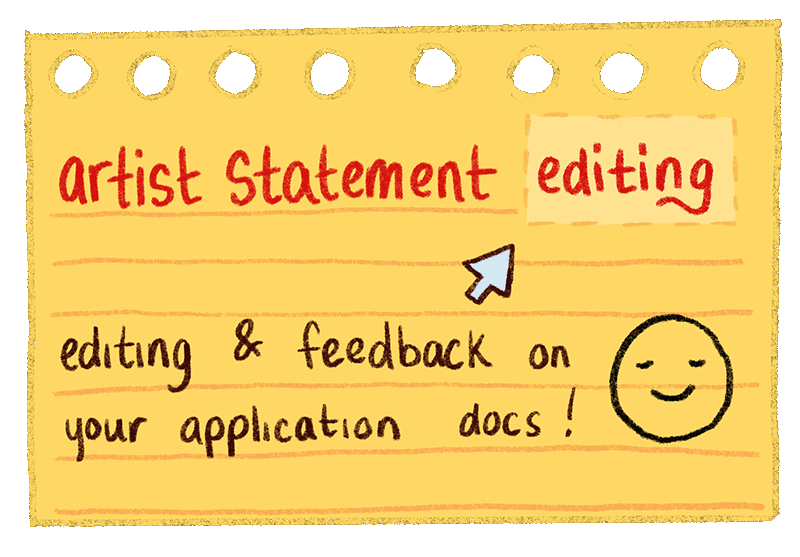Lighting can be a powerful visual tool in art! This video gets down to the nuts and bolts of how lighting works in an artwork, focusing on the specifics of different types of highlights and the various ranges of visual effects they create.
Examples from art history and contemporary art show how artists can apply their knowledge of highlights, both as a visual element and as a tool for narrative storytelling.
Discussion led by Art Prof Clara Lieu and Teaching Artists Cat Huang and Alex Rowe.

Video Walkthrough
- Why are highlights important?
- Highlights can help tell a story, and direct the viewer.
- Identifying types of highlights.
- Direct light: the brightest light.
- Soft vs. Harsh highlights
- Highlights change depending on the surface.
- Highlights on a soft, textured surface have a specific look.
- The texture of a surface is more visible with highlights.
- Highlights on a wet surface are very dramatic and harsh.
- How highlights appear through a translucent surface.
- Highlights that are coming from behind clouds in a sky.
- Shiny surfaces absorb light very different than other surfaces.
- Lighting creates a mood and atmosphere in an artwork.
Prof Lieu’s Tips

While spontaneity in your creative process is good, I do think for many artists it’s empowering when they realize that the decisions they are making in their artworks are deliberate.

You start to realize how much can be under your control. (as a control freak, I get this)
Artists mentioned
- Mark Tansey
- Carrie Mae Weems
- Gustave Moreau
- Shigeru Mizuki
- Diego Velázquez
- Jean Auguste Dominique Ingres
- John Singer Sargent
- Chris van Allsburg
As a free educational source, Art Prof uses Amazon affiliate links (found in this page) to help pay the bills. This means, Art Prof earns from qualifying purchases.



